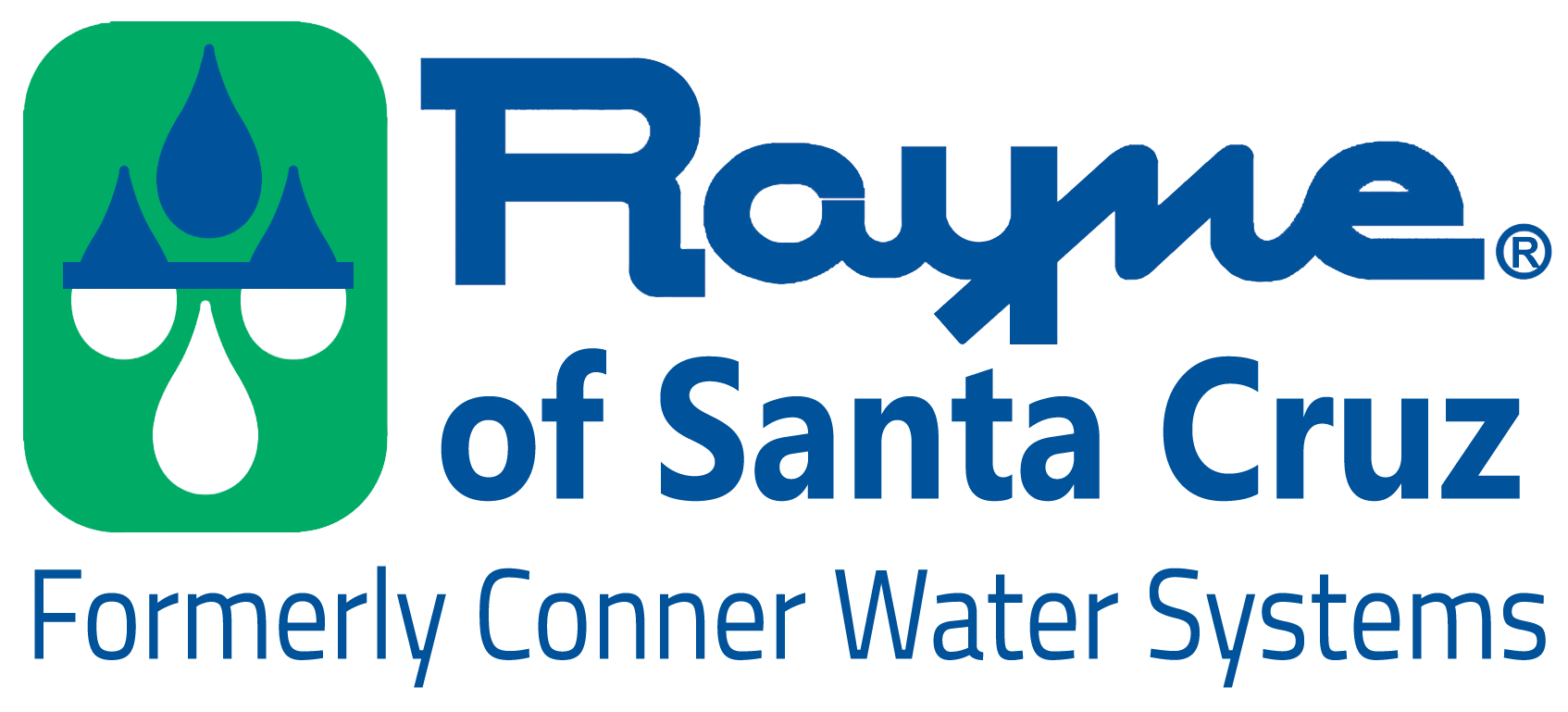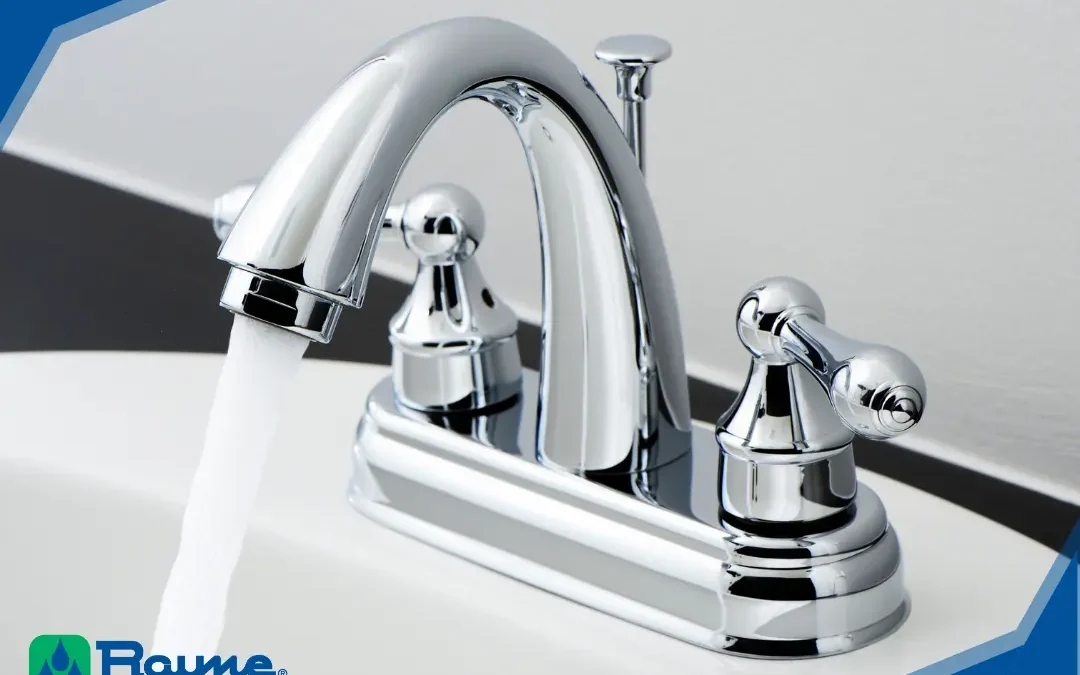If you’re one of the many people in the Santa Cruz area who rely on a private well for water, you know it’s a bit like having your own personal spring. The only problem is that sometimes, that spring comes with a few unwanted extras like iron, manganese, or that dreaded “rotten egg” sulfur smell. Don’t worry, though! In the world of water treatment, there IS a possible solution—an ozone system.
Let’s dive into the world of ozone systems and explore how they, along with other methods, can transform your well water into something you’ll love drinking, cooking with, and even washing your clothes in.
What Is Ozone Water Treatment and How Does It Work?
Picture this: you’re sipping a glass of water that’s not only clean but also free of funky odors, bacteria, and pesky minerals. That’s the magic of ozone water treatment. Ozone, is a gas made of three oxygen atoms, and it’s a powerhouse when it comes to cleaning water. It’s a natural oxidant, meaning it loves to grab electrons from other substances, breaking them down in the process. Think of it as a molecular Pac-Man gobbling up bacteria, viruses, and minerals like iron and manganese.
Here’s a breakdown of how an ozone system works:
- Ozone Generation: Ozone is created on-site using a device called an ozone generator. These machines either zap air with a high-voltage electrical field or use ultraviolet light to split oxygen molecules (O₂) into single atoms, which then bond with other O₂ molecules to form O₃.
- Mixing with Water: The ozone gas is injected into your water, usually through a venturi system (a fancy pipe that creates a vacuum to pull ozone in) or bubbled into a contact tank under pressure. This ensures the ozone mixes thoroughly with the water.
- Oxidation Power: Once in the water, ozone goes to work. It oxidizes contaminants like iron (turning it into rust-like particles), manganese, and hydrogen sulfide (that rotten egg smell). It also obliterates bacteria, viruses, and even some parasites faster than chlorine. The oxidized particles are then filtered out, leaving your water clean and fresh.
- Back to Oxygen: Ozone is unstable, so after doing its job, it quickly breaks down into regular oxygen, leaving no chemical residue behind.
This process is especially great for well water because it tackles multiple issues at once—taste, odor, bacteria, and minerals—without adding chemicals to your water.
How Are Ozone Systems Used for Treating Private Well Water?
Private wells are a blessing for those of us living in the rural parts of Santa Cruz County, but they can come with challenges like high iron, manganese, or sulfur content. Ozone systems are tailor-made for these issues. Here’s how they’re typically set up for well water treatment:
- Water Testing: First, you need to know what’s in your water. A water test can check for iron, manganese, hardness, pH, and dissolved solids. If you have specific concerns like bacteria or other contaminants, additional tests can pinpoint those.
- Ozone System Setup: Ozone systems for well water often include an ozone generator, a contact tank (where the ozone mixes with water), and a filtration system (like activated carbon or manganese dioxide) to remove oxidized particles. At Rayne of Santa Cruz, we offer ozone systems like the Triple O and Corona Discharge.
- Injection and Filtration: The ozone is injected into the water, where it oxidizes contaminants. The result? Clear, odor-free water.
- Continuous Operation: Since ozone can’t be stored (it breaks down quickly), the system generates it as needed, ensuring a steady supply for your household water demands.
Ozone systems are often installed as point-of-entry systems, meaning they treat all the water coming into your home. This makes them perfect for tackling well water issues that affect everything from your shower to your dishwasher.
How Do You Know If You Need an Ozone System?
Wondering if an ozone system is right for your well? Here are some telltale signs that your water might benefit from ozone treatment:
- Rotten Egg Smell: That sulfur odor (hydrogen sulfide) is a common well water issue. Ozone can neutralize it fast.
- Brown or Black Stains: If your sinks, fixtures, or laundry have brown or black stains, you might have iron or manganese in your water. Ozone oxidizes these minerals, making them easy to filter out.
- Blue-Green Stains: These often point to low pH (acidic water), which can corrode your plumbing and leach metals like copper into your water. While ozone doesn’t directly fix pH, it can work alongside other treatments to address related issues.
- Must or Mildew Smells: Organic compounds or bacteria in your well water can cause musty odors. Ozone’s disinfectant power wipes these out.
- Bacteria or Virus Concerns: If you’re worried about pathogens in your well water (especially if you’re not on a municipal supply with pre-treatment), ozone is a disinfectant that kills bacteria and viruses in seconds.
- Cloudy or Discolored Water: Iron, manganese, or other minerals can make your water look murky. Ozone clears it up by oxidizing and filtering out these culprits.
- Taste Issues: If your water tastes metallic or off, ozone can improve taste by removing contaminants and odors.
Pros and Cons of Ozone Systems for Well Water
Like any water treatment method, ozone systems have their strengths and weaknesses. Let’s break it down so you can decide if it’s the right fit for your home.
Pros of Ozone Systems
- Effective Disinfection: Ozone is excellent for killing bacteria, viruses, and even tough parasites like Cryptosporidium and Giardia (which chlorine struggles with). It’s 50% more effective than chlorine and works faster.
- No Chemical Residue: Ozone breaks down into oxygen, so it leaves no harmful byproducts or chemical taste in your water.
- Tackles Multiple Issues: Ozone handles iron, manganese, sulfur, odors, and bacteria all at once, making it a one-stop shop for many well water problems.
- Eco-Friendly: Since it doesn’t require storing or adding chemicals, ozone is kinder to the environment.
- Improves Water Clarity and Taste: By oxidizing contaminants and removing odors, ozone makes your water look, smell, and taste better.
Cons of Ozone Systems
- Upfront Cost: Ozone systems can be pricey, ranging from a few hundred to a few thousand dollars for home setups. The equipment is complex and requires professional installation.
- Energy Intensive: Generating ozone uses electricity, which can add to your utility bill.
- No Residual Disinfection: Unlike chlorine, ozone doesn’t stick around to keep disinfecting in your pipes. This means bacteria could potentially regrow if not properly filtered.
- Not a Cure-All: Ozone doesn’t remove all contaminants. It also doesn’t address water hardness, so you might need a water softener, too.
For most Santa Cruz well owners, the pros outweigh the cons if you’re dealing with iron, manganese, sulfur, or bacteria. But if your water has other issues like high hardness or specific chemicals, you might need a combination of water treatment systems.
Rayne of Santa Cruz: Your One-Stop Shop for Private Well Water Solutions
Living in Santa Cruz County’s countryside is amazing, but private wells can bring unique water quality challenges. With over 60 years of experience, we’re your local experts for tailoring water treatment solutions to your specific needs. Here’s a look at what we offer for homeowners with private wells:
- Ozone Systems: Our Triple O and Corona Discharge systems are designed to tackle iron, manganese, hydrogen sulfide, and bacteria. These systems are perfect for eliminating odors and stains while keeping your water safe.
- Water Softeners: Our high-efficiency water softeners remove calcium and magnesium, preventing scale buildup in your water heater, dishwasher, and pipes. They also save your clothes from stiffness and your skin from dryness caused by hard water mineral deposits.
- Reverse Osmosis Drinking Water Systems: For the ultimate drinking water quality, our reverse osmosis systems filter out dissolved solids, chlorine, and other contaminants, giving you crisp, clean water right from your kitchen tap.
- Whole-House Filters: These systems tackle a range of issues, from sediment to organic compounds, ensuring all the water in your home is clean. They’re great for removing musty smells or cloudy water caused by well water impurities.
- Ultraviolet (UV) Disinfection Systems: UV systems use light to zap bacteria and viruses, offering an extra layer of protection for well water. They’re especially useful if you’re concerned about pathogens but don’t want to rely solely on ozone.
- Chlorine Injection Systems: For some wells, chlorine injection is a cost-effective way to disinfect water. Our experts can assess if this is a better fit than ozone, especially for high-bacteria loads, though it may leave a residual taste compared to ozone.
At Rayne of Santa Cruz, we start with a free water test to pinpoint your water’s issues—whether it’s iron, manganese, hardness, pH, or bacteria. Then, we can recommend a customized solution, whether it’s a single system or a combination.
Ready to get started? Contact us today and we’ll help you explore your options so you can get the system that’s just right for your home.















